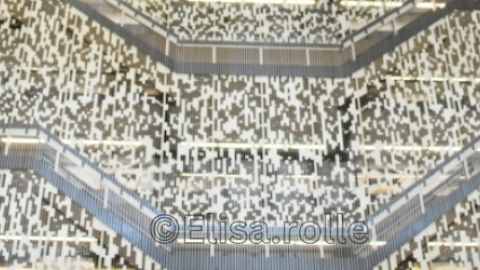Spin link homology and webs in type B
Abstract
In their study of GL(N)-GL(m) Howe duality, Cautis-Kamnitzer-Morrison observed that the GL(N) Reshetikhin-Turaev link invariant can be computed in terms of quantum gl(m). This idea inspired Cautis and Lauda-Queffelec-Rose to give a construction of GL(N) link homology in terms of Khovanov-Lauda's categorified quantum gl(m). There is a Spin(2n+1)-Spin(m) Howe duality, and a quantum analogue that was first studied by Wenzl. In the first half of the talk, I will explain how to use this duality to compute the Spin(2n+1) link polynomial, and present calculations which suggest that the Spin(2n+1) link invariant is obtained from the GL(2n) link invariant by folding. In the second part of the talk, I will introduce the parallel categorified constructions and explain how to use them to define Spin(2n+1) link homology.
This is based on joint work in progress with Ben Elias and David Rose.
13:00
What's done cannot be undone: non-invertible symmetries
Abstract
In massless QED, we find that the classical U(1) chiral symmetry is not completely broken by the Adler-Bell-Jackiw anomaly. Rather, it is resurrected as a generalized global symmetry labeled by the rational numbers. Intuitively, this new global symmetry in QED is a composition of the naive axial rotation and a fractional quantum Hall state. The conserved symmetry operators do not obey a group multiplication law, but a non-invertible fusion algebra. We further generalize our construction to QCD, and show that the neutral pion decay can be derived from a matching condition of the non-invertible global symmetry.


